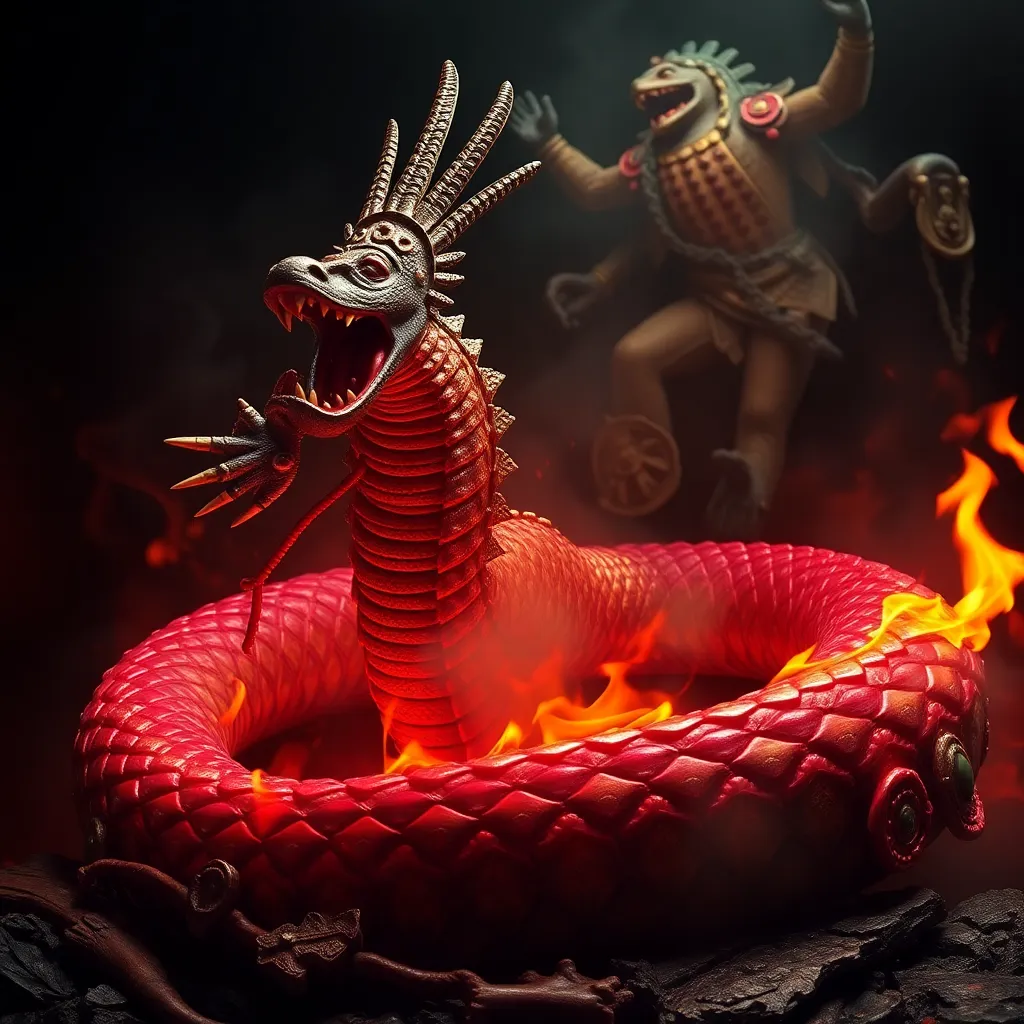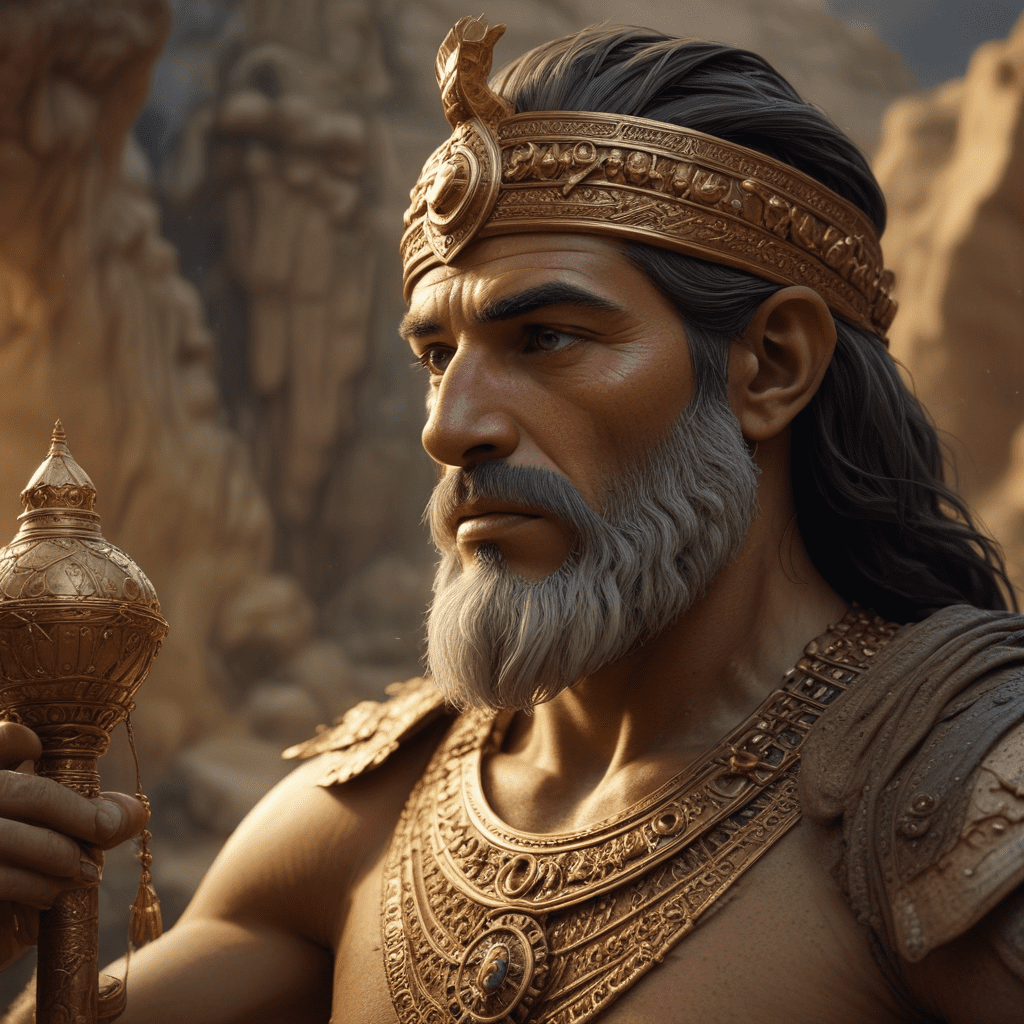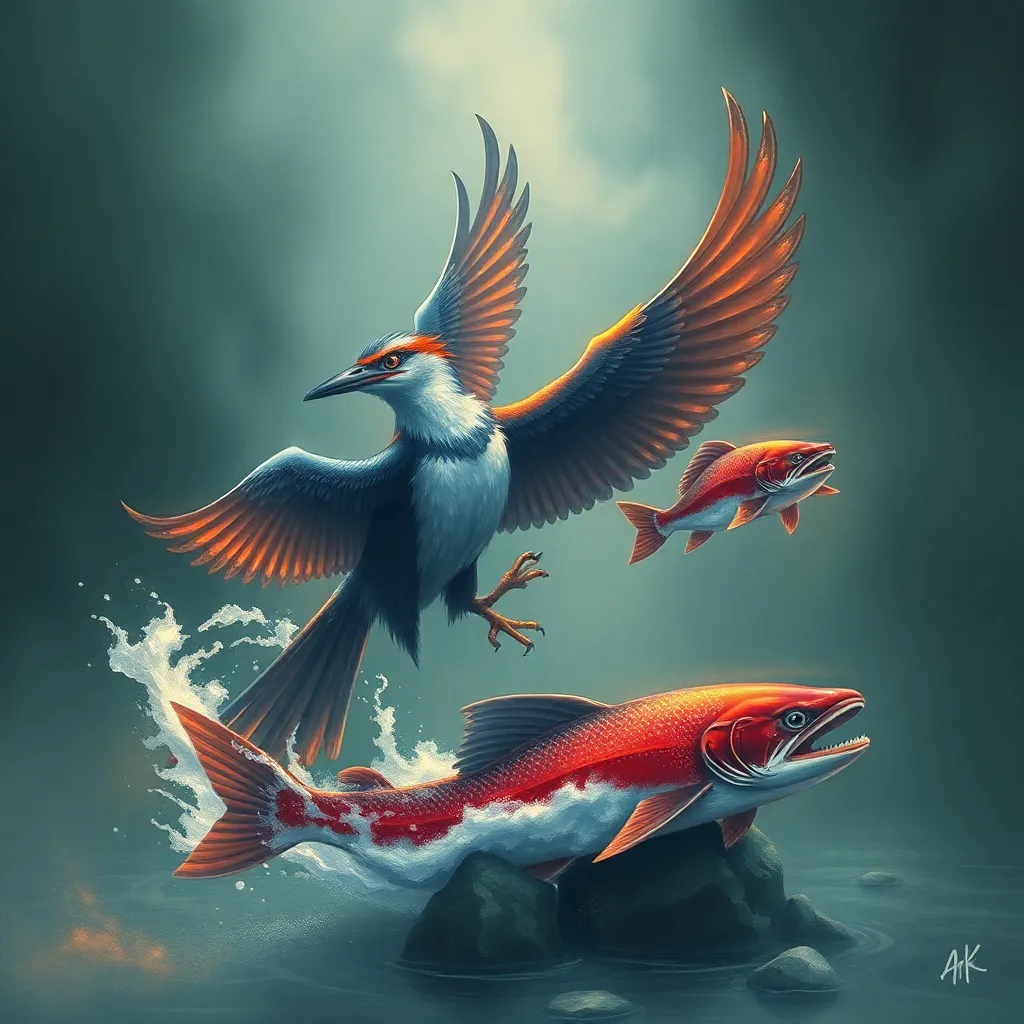The Feathered Serpent and the Sacred Ritual of Bloodletting: Quetzalcoatl’s Role in Aztec Sacrifice
I. Introduction
Quetzalcoatl, known as the Feathered Serpent, is one of the most significant deities in Aztec mythology and Mesoamerican culture. This god embodies a complex fusion of earthly and celestial elements, represented by his serpent-like body adorned with vibrant feathers. The importance of Quetzalcoatl extends beyond mythology; he plays a crucial role in the sacred practice of bloodletting, a ritual deeply embedded in Aztec culture.
Bloodletting was not merely an act of sacrifice; it was a vital expression of devotion, believed to nourish the gods and ensure cosmic order. This article aims to explore the multifaceted significance of Quetzalcoatl within these sacrificial rituals, shedding light on the interconnections between divinity, humanity, and the essential act of giving in Aztec society.
II. Historical Context of Quetzalcoatl
A. Origins and mythological background of Quetzalcoatl
Quetzalcoatl’s origins are traced back to the early Mesoamerican cultures, with roots in the Olmec and later the Toltec civilizations. He is often depicted in various forms, including as a feathered serpent and a bearded man, symbolizing both the divine and the earthly.
B. Quetzalcoatl in Mesoamerican cosmology
In Mesoamerican cosmology, Quetzalcoatl is associated with creation, the wind, and the morning star. He is revered as a god of wisdom and learning, often considered a cultural hero who brought agriculture, arts, and knowledge to humanity.
C. Significance of the Feathered Serpent in Aztec society
The Feathered Serpent holds a prominent place in Aztec society. His dual nature as a creator and a deity of the wind reflects the balance necessary for life. Quetzalcoatl’s influence permeates various aspects of Aztec culture, from architecture to religious practices, making him a central figure in their worldview.
III. The Concept of Bloodletting in Aztec Rituals
A. Definition and purpose of bloodletting
Bloodletting, known as “tlatlacolli,” was a ritual practice among the Aztecs involving the deliberate drawing of blood from oneself or others. This act was seen as a powerful means of communication with the gods, offering sustenance to divine beings in exchange for blessings, fertility, and cosmic balance.
B. Cultural beliefs surrounding blood as a source of life and nourishment
In Aztec culture, blood was considered the essence of life, a vital force connecting the earthly realm with the divine. The act of shedding blood was viewed as an offering, a way to nourish the gods and maintain the cyclical nature of life and death.
C. Types of bloodletting practices among the Aztecs
- Self-Sacrifice: Individuals would pierce their skin with obsidian blades or thorns to draw blood.
- Ritual Sacrifice: Animals, particularly birds, were sacrificed, their blood offered to the gods.
- Public Ceremonies: Bloodletting often occurred during communal festivals, emphasizing collective devotion.
IV. Quetzalcoatl’s Connection to Sacrifice
A. Role of Quetzalcoatl in the cycle of life and death
Quetzalcoatl embodies the cycle of life and death, reflecting the belief that life is sustained through the interplay of creation and destruction. His connection to the agricultural cycles further emphasizes his role in ensuring life through sacrifice.
B. Symbolism of blood as a form of sustenance for the gods
The blood offered to Quetzalcoatl and other deities symbolized not only nourishment but also a sacred bond between the divine and human realms. Each drop of blood was believed to sustain the gods, reinforcing their power and influence over the natural world.
C. The duality of Quetzalcoatl as a god of creation and destruction
Quetzalcoatl’s dual nature encapsulates the balance of opposing forces. As a creator, he is associated with life, fertility, and growth, while as a destroyer, he embodies the necessary end of cycles, clearing the way for new beginnings. This duality is reflected in the sacrificial practices dedicated to him.
V. Ritual Practices Involving Quetzalcoatl
A. Specific rituals dedicated to Quetzalcoatl
Rituals dedicated to Quetzalcoatl often involved elaborate ceremonies that included:
- Offerings of flowers, incense, and food.
- Bloodletting by priests and nobles as acts of devotion.
- Recitations of sacred texts and prayers invoking his blessings.
B. Role of priests and participants in bloodletting ceremonies
Priests played a pivotal role in mediating between the people and the gods during bloodletting ceremonies. They were responsible for leading the rituals, ensuring that the offerings were made correctly, and interpreting the will of Quetzalcoatl through signs and omens.
C. The interplay between personal sacrifice and communal worship
The act of bloodletting was both a personal and communal expression of faith. While individuals engaged in personal sacrifice, the collective participation in rituals reinforced social bonds and cultural identity, creating a shared experience of devotion to Quetzalcoatl.
VI. The Impact of Sacrifice on Aztec Society
A. Social and political implications of bloodletting rituals
Bloodletting rituals had profound social and political ramifications in Aztec society. They reinforced the power of the ruling class, as leaders often participated in these ceremonies to legitimize their authority and connect with the divine.
B. The relationship between sacrifice, power, and the divine
Sacrifice was a way to assert the relationship between the rulers and the gods. The more significant the sacrifice, the greater the favor from the deities, which allowed the rulers to maintain control and influence over their subjects.
C. Effects on Aztec identity and religious fervor
The practice of bloodletting and sacrifice contributed to a robust sense of Aztec identity. The rituals instilled a sense of purpose and connection to the cosmos, fostering a culture deeply entrenched in religious fervor and communal responsibility.
VII. Contemporary Interpretations and Significance
A. Modern perspectives on Aztec rituals and Quetzalcoatl
Today, scholars and practitioners seek to understand Aztec rituals within their historical context, recognizing the complexity of their beliefs and practices. Quetzalcoatl is often viewed through a lens that appreciates the rich cultural heritage of the Aztecs.
B. The legacy of Quetzalcoatl in contemporary culture
Quetzalcoatl’s legacy persists in modern culture, often symbolizing wisdom and the blending of different cultural influences. His image is used in various artistic expressions, from literature to visual arts, signifying the enduring fascination with Mesoamerican mythology.
C. Ethical considerations surrounding the discussion of ancient sacrifices
As contemporary discussions about ancient sacrifices continue, ethical considerations arise regarding the interpretation of these practices. It’s essential to approach the topic with sensitivity and respect for the cultural significance of bloodletting in Aztec society.
VIII. Conclusion
In summary, Quetzalcoatl’s role in bloodletting and sacrifice highlights the intricate relationship between the divine and human realms in Aztec culture. Understanding these ancient practices offers valuable insights into the values and beliefs of a civilization that profoundly shaped Mesoamerican history.
Reflecting on the significance of Quetzalcoatl today reminds us of the importance of honoring and understanding ancient traditions, as they continue to influence modern perspectives on spirituality, identity, and cultural heritage.



